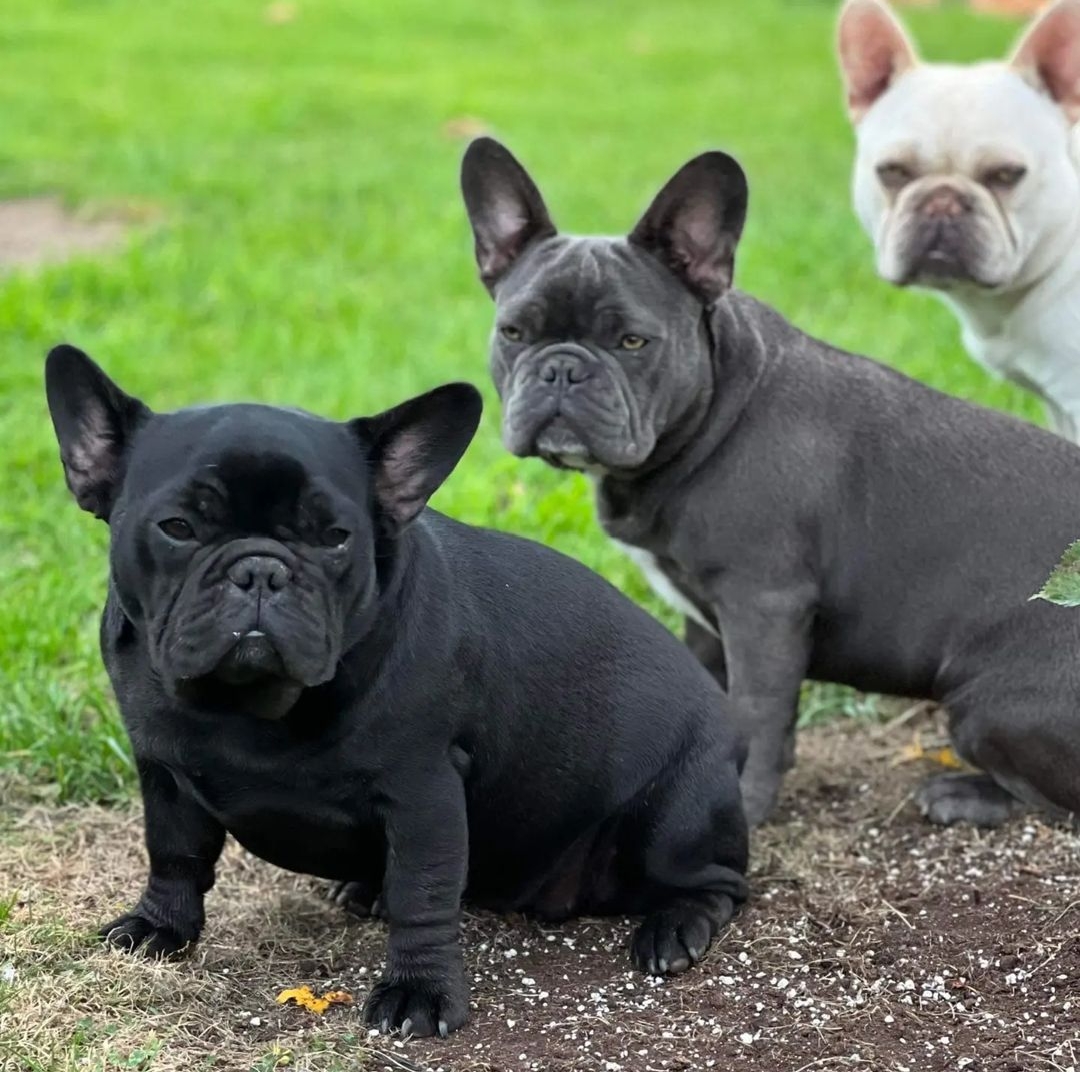What should I do when my dog arrives home after surgery?
- FreeRange null

- Sep 11, 2023
- 3 min read
Updated: Aug 8, 2024
What to Do When Your Dog Comes Home After Surgery
Upon your dog's return home after surgery, prioritize their comfort and well-being by providing a soft, clean bed in a quiet, draft-free room at a comfortable temperature (68-75°F or 20-24°C).
Keep your dog indoors overnight, allowing for brief leash walks as necessary for toileting.
For about a week following most procedures, your dog should have limited physical activity to avoid straining the surgical area by refraining from running or jumping.

When Can My Dog Eat?
You can offer your dog approximately half of their regular dinner a few hours after returning home. If your dog still seems hungry, provide the remaining portion about an hour later.
To prevent nausea after general anesthesia, consider dividing the meal into smaller portions.
Ensure your dog has access to water unless otherwise instructed.
Why Is My Dog So Sleepy?
After receiving general anesthesia or sedation, dogs may appear drowsy for up to a day due to the lingering effects of these drugs. Expect your dog's behavior to gradually return to normal within 24-48 hours, but don't hesitate to contact your vet if you have concerns.
Why Is My Dog's Foreleg Shaved?
Shaved areas on your dog's front leg are typically where anesthesia or sedation was administered. In some cases, IV fluids were administered through an IV catheter during surgery, necessitating hair removal.
If bandaged, you can typically remove the bandage the day after surgery, unless instructed otherwise.
My Dog Has a Cough – Is This Normal?
A slight cough may occur if a tube was placed in your dog's trachea during anesthesia.
This is typically temporary and should improve over the next few days.
If coughing persists or worsen, contact your vet.
What to Do About Licking or Chewing Wounds?
Dogs may instinctively lick their surgical site.
If provided an Elizabethan collar (E-collar), ensure its use to prevent chewing. If not provided one and your dog attempts to lick or chew the incision, contact your vet to request one.
It's crucial to keep the collar on consistently to prevent damage to the surgical site or removal of stitches.
What Should the Incision Look Like?
A clean incision with together edges is typical. Surrounding skin should be a normal or slightly reddish-pink color. Bruising in pale-skinned dogs may appear days after surgery.
Slight blood seepage can occur, especially if the dog is active. Contact your vet immediately if you observe continuous or excessive blood, intermittent seepage lasting over 24 hours, excessive swelling or redness, or unpleasant odor or discharge.
When Should Stitches Be Removed?
Most skin stitches are removed seven to fourteen days post-surgery, depending on the procedure. You'll receive instructions on when your dog should return for suture removal.
In some cases, your veterinarian may use sutures that do not require removal.
Contact your vet with any suture-related questions.
When Can My Dog Resume Normal Activities?
The timing depends on the type of surgery. Typically, restrict your dog's activity for at least one to two weeks or until sutures are removed, if applicable.
Avoid swimming or baths during this period to prevent infection. Follow your veterinarian's specific instructions.
Will My Dog Receive Medication?
After surgery, your dog may be prescribed pain or other oral medications.
READ THE LABEL CAREFULLY
Follow the medication instructions carefully and contact your vet if you encounter any issues administering them.
Vet bills can be expensive 😪
Free Range Pooches NZ recommends PD Insurance, to get the best quote for your puppy/dog just click on this link to get started






Comments